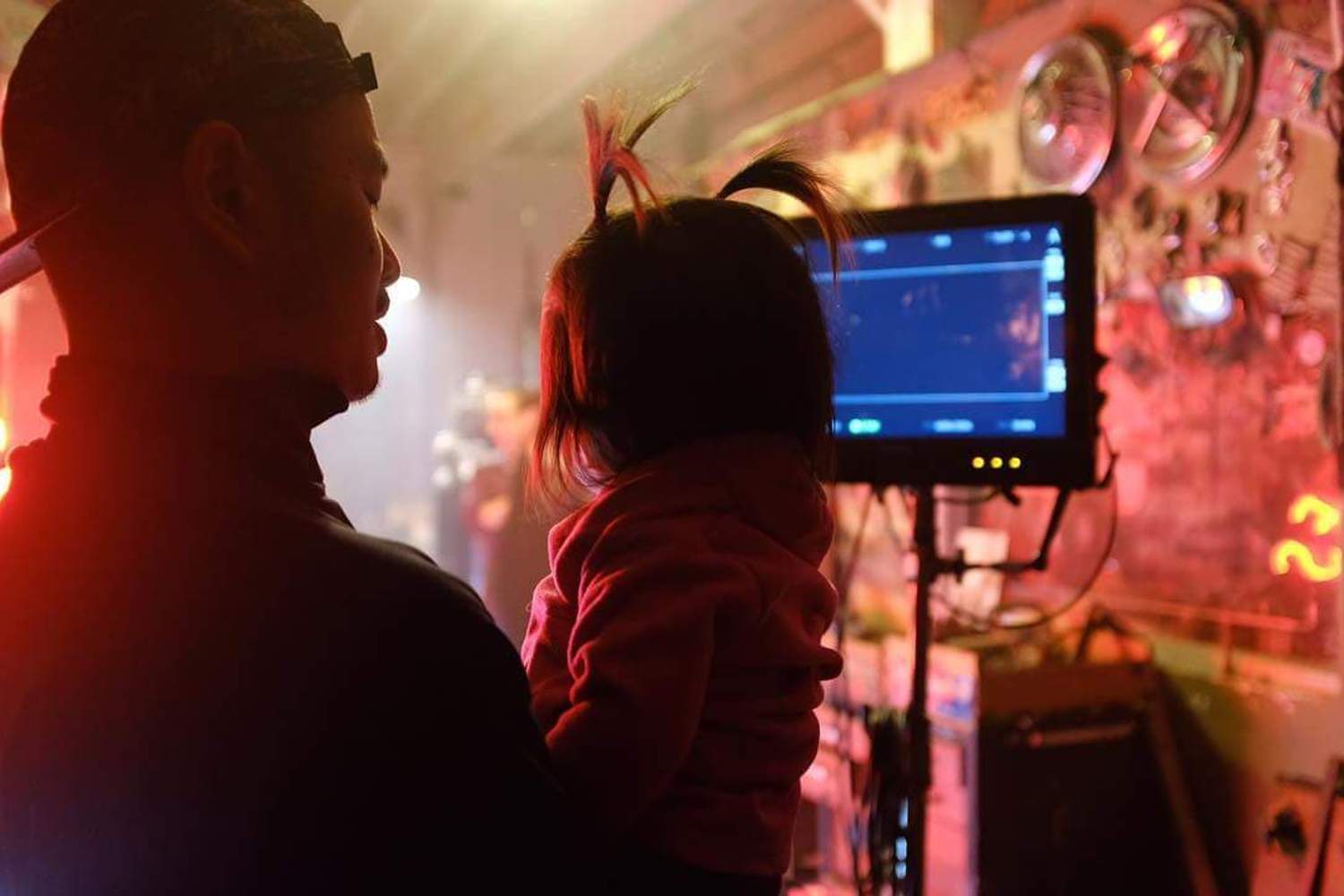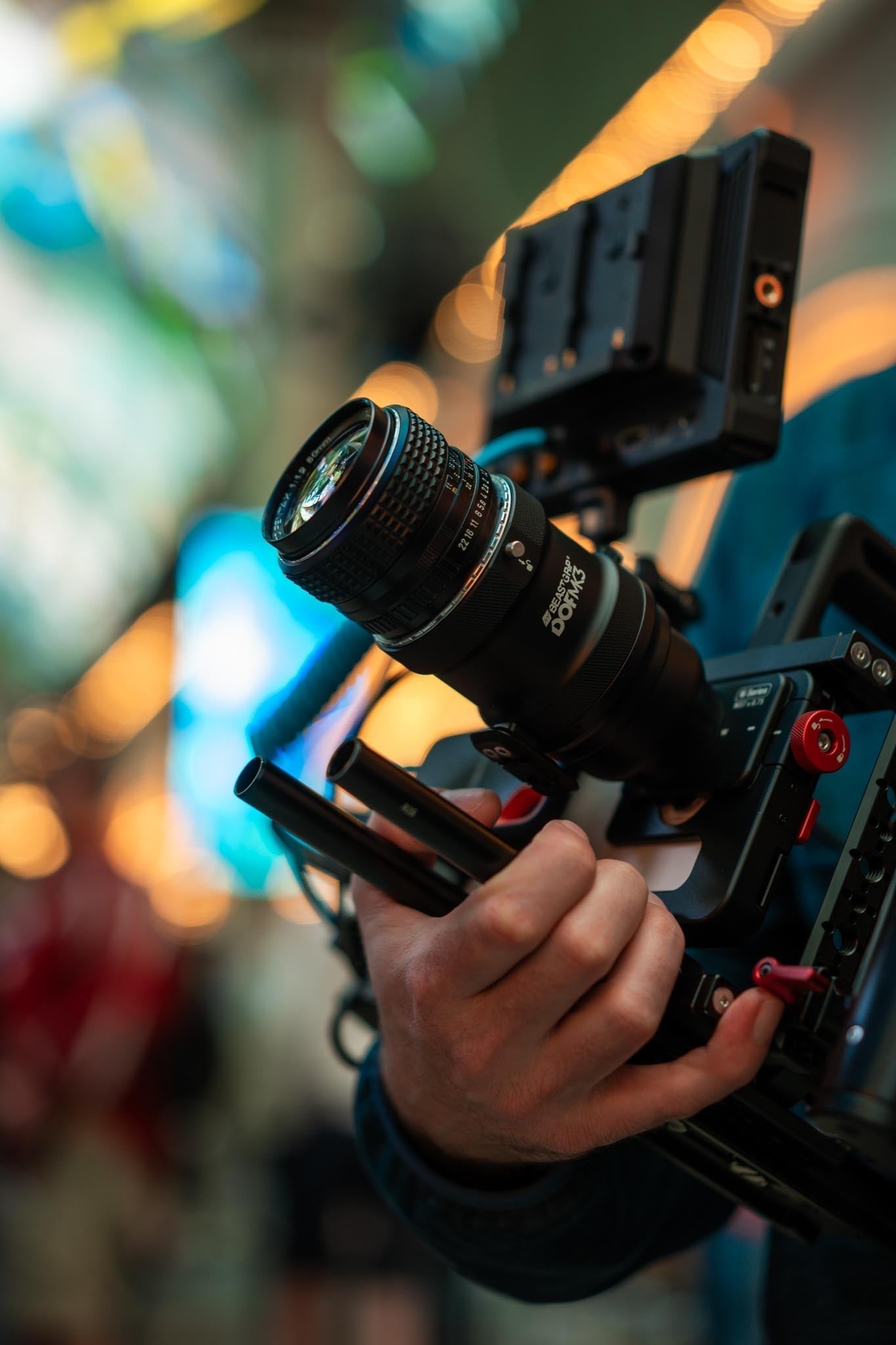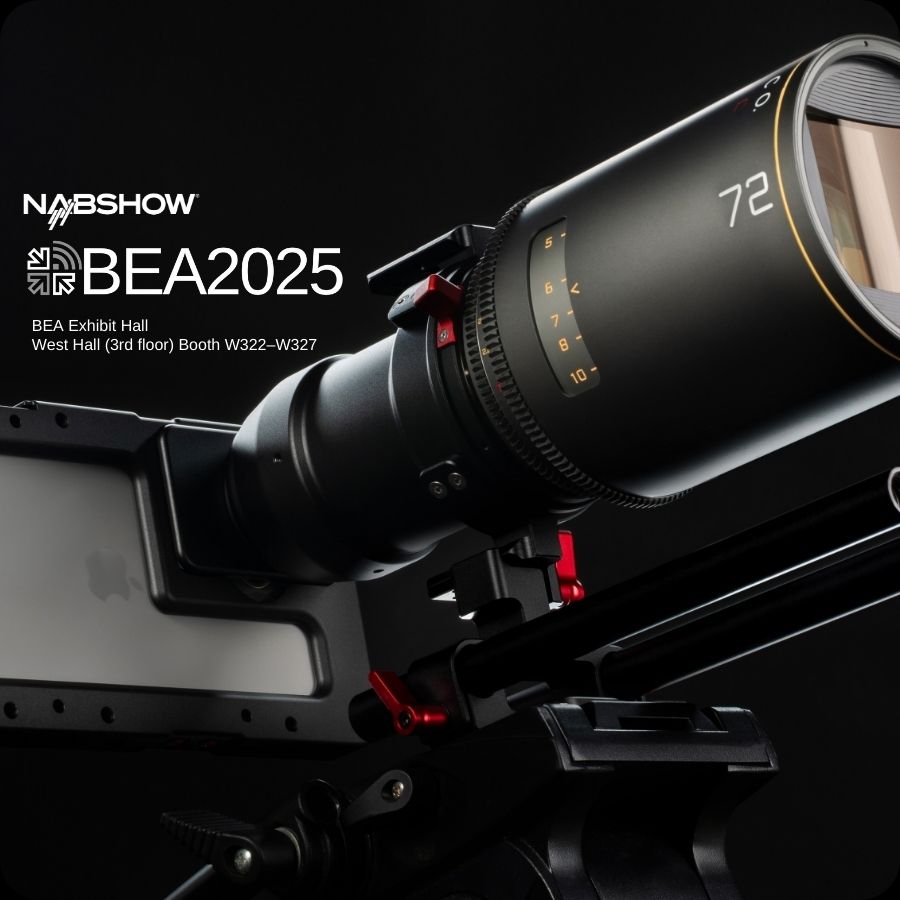“We decided to shoot mostly handheld without any lenses or additional attachments - it was literally the Google Pixel XL 2 inside of the BeastGrip Rig, that’s it.” - Luis Guanzon on the gear that he shot “Snuggle Up” with
Luis Guanzon is both no stranger to creativity. As the owner of BEMOREMEDIA, he gets to spend his days doing what he loves, as the company’s slogan declares boldly: “We take pictures. We shoot films. We make music.” And boy does he do it well.
He recently shot and edited a music video for Quincy’s new single “Snuggle Up,” and is a winner of the recent FiLMiC Pro “One World” Film Contest with his film “SEVEN DAYS.”
The experience
Luis graciously offered us a peek into some of the most interesting parts about how “Snuggle Up” was created, and his experience about shooting a commercial project on the Google Pixel XL 2.
What was one of the most fun parts of the shoot?
The most fun part about this project was shooting on a smartphone… and the most challenging part about this project was shooting on a smartphone [laughs]! In all seriousness though, shooting on a phone is very different from my day to day, and anything new is always fun!
I started experimenting with mobile filmmaking earlier this year, capturing our family vacations and travels simply because I was tired of lugging around gear and I was pleasantly surprised at the quality I was able to capture with it. There’s something to be said about shooting with a small, minimal setup that naturally becomes an extension of your hands and arms - it’s extremely liberating. So when Quincy approached me about his idea of shooting the “Snuggle up” music video on a Google Pixel XL 2, I jumped at the opportunity!
I also saw what John Legend and his team did earlier this year and was blown away - even the BTS footage of that video was interesting to me.

“Working with Quincy was awesome. He’s not only a talented actor and artist, but also a real techy kind of guy and has a real love for photography and the technology around it.” - Luis Guanzon on working with actor/artist Quincy
What were some of the challenges that you ran into?
The most challenging aspect of the production for us was monitoring. It’s difficult to analyze the color, framing, contrast, exposure, and focus without a full size monitor to look at, and playing back the recordings back on a smartphone screen was tough. Having a few people huddled over a small phone was a bit cramped [laughs].
My DP (a.k.a Director of Photography), Brandon Ruiz, and I spent a few days before the shoot testing the Pixel out to see how the image was rendered at different settings and we had our notes ready for the day of the shoot, which helped us out a ton during production.
The gear
Luis and Quincy decided early on that they wanted to keep the production as simple as possible and primarily used the Google Pixel XL 2 inside the Beastgrip Pro either handheld or on a tripod without any lenses or on-camera accessories.
What gear and software did you use to shoot and edit the video?
As far as gear, we used the Google Pixel 2 XL with the FiLMiC Pro app and a Beastgrip Pro rig. Most of the shots were handheld, and there were a few shots that we use a tripod. Other than that, we jusy used a few LED lights to light the set. I also used Adobe Premiere to edit and color grade the video.
The technique
Since gear was not the most critical piece of the production, Luis and his DP, Brandon Ruiz focused more on location and lighting to add depth and set the mood for the video.
What are some of the most critical things that you had to do in order to get the video to look so professional?
We had to make sure the exposure was just right. You don’t have very much leeway with the video files in terms of “fixing it in post,” so making sure we had a properly exposed image was the most critical. That’s usually the case with any camera you use, but much more important when using a phone.
We also needed to ensure that the color space and temperature we were shooting at was really close to where we wanted it to be in the edit. We didn’t want to “push the footage too hard” in post.
Lastly, finding the location was VERY important as well. We knew as soon as we put the treatment for the video together that we were going to be shooting indoors and wanted the song to have a moody, intimate feel. This meant that the video had too feel dark and still be lit well to feel more realistic.
The challenge with doing that is that the small sensors on smartphone cameras need light [laughs]! So the first step was finding a location with darker walls, which allowed us to hit the actors with a healthy amount of light without making the scene too bright. It also helped us to avoid any noise issues with our footage.
Did you approach this video differently than some of your other work, and if so, how?
Yes, we didn’t use any lenses! [laughs] I love using different lenses and focal lengths to help tell stories, but we really wanted to prove that you could really be creative with even the most minimal tools. It’s crazy to me that most people walk around with highly capable recording devices in their pockets THAT SHOOT IN 4K [laughs]!
When you really think about it, we are living in amazing times. You can be a creator and not have to worry about a “lack of gear” hampering your ability to get out there and create something.
“There are some awesome lens attachments and adapters available for smartphones these days, but when Quincy and I started discussing the project, we wanted to keep it very simple in terms of the equipment we used.” - Luis Guanzon on their approach with gear on “Snuggle Up”

Do you have any feedback about your experience with the phone, gear or workflow shooting mobile?
I think the camera and battery life on the Google Pixel XL 2 are excellent and it’s by far the best camera on a phone that I’ve used to date. The Beastgrip cage was essential to the shoot, especially since we shot handheld a lot. Although the small form factor of a phone is amazing for many reasons, it can be hard to hold steady for long periods of time, and having a wide and sturdy grip along with the ability to mount a quick release plate to it helped us out tremendously. We could quickly snap it onto a tripod and take it off as needed. We also used the FiLMiC Pro app because of its manual controls and the presets that we could reuse.
As far as mobile filmmaking and the workflow involved, I’d say that it really depends on the content that you are shooting, which is what really intrigues me about this format. I can see mobile filmmaking being used in so many different situations and settings - and it has been - from family travel videos, to vlogging, to full length features and smartphones are really starting to find their place in the film industry.
Parting advice
Get out there and shoot/create something! I used to scour the internet for gear reviews, camera reviews, camera and lens tests, etc., and frankly, I was obsessed with it. Sure, gear matters to an extent, but it should never stop you from telling your story. I think the most important thing is to at least have a device that delivers a good enough image to where the quality is not distracting, and almost everyone has access to that now. I think that the wave of mobile filmmaking empowers a whole new group of people and it’s really exciting to be a part of it.
For all of the people that have stories to tell, but don’t necessarily have access to “film tools,” phones can be an inspiring introduction into the art of filmmaking. It’s an age-old saying that “the best camera is the one that you have on you” - which I couldn't agree more with - and it’s amazing that a lot of people already have one in their pocket.
Learn more
Follow Luis on Instagram, check out his official website and his mobile film that recently won the FiLMiC Pro “One World” Film Festival.
"It was the first thing that I ever shot on a phone that I had any intention of editing or doing any post work on, so it was kind of a “test run.” I shot it while on vacation in Kauai, Hawaii earlier in March. - Luis Guanzon on shooting “SEVEN DAYS”
Check it out below:
And another one of his films, titled “Mendocino,” which was also shot on the Beastgrip Pro mounted to a Zhiyun Crane 2 gimbal. BG






Share:
Behind the Scenes of Edward Sharpe and the Magnetic Zeros' "No Love Like Yours" featuring the Beastgrip DOF Adapter
iPhone XS, XS Max and XR and Their Compatibility with Beastgrip Gear